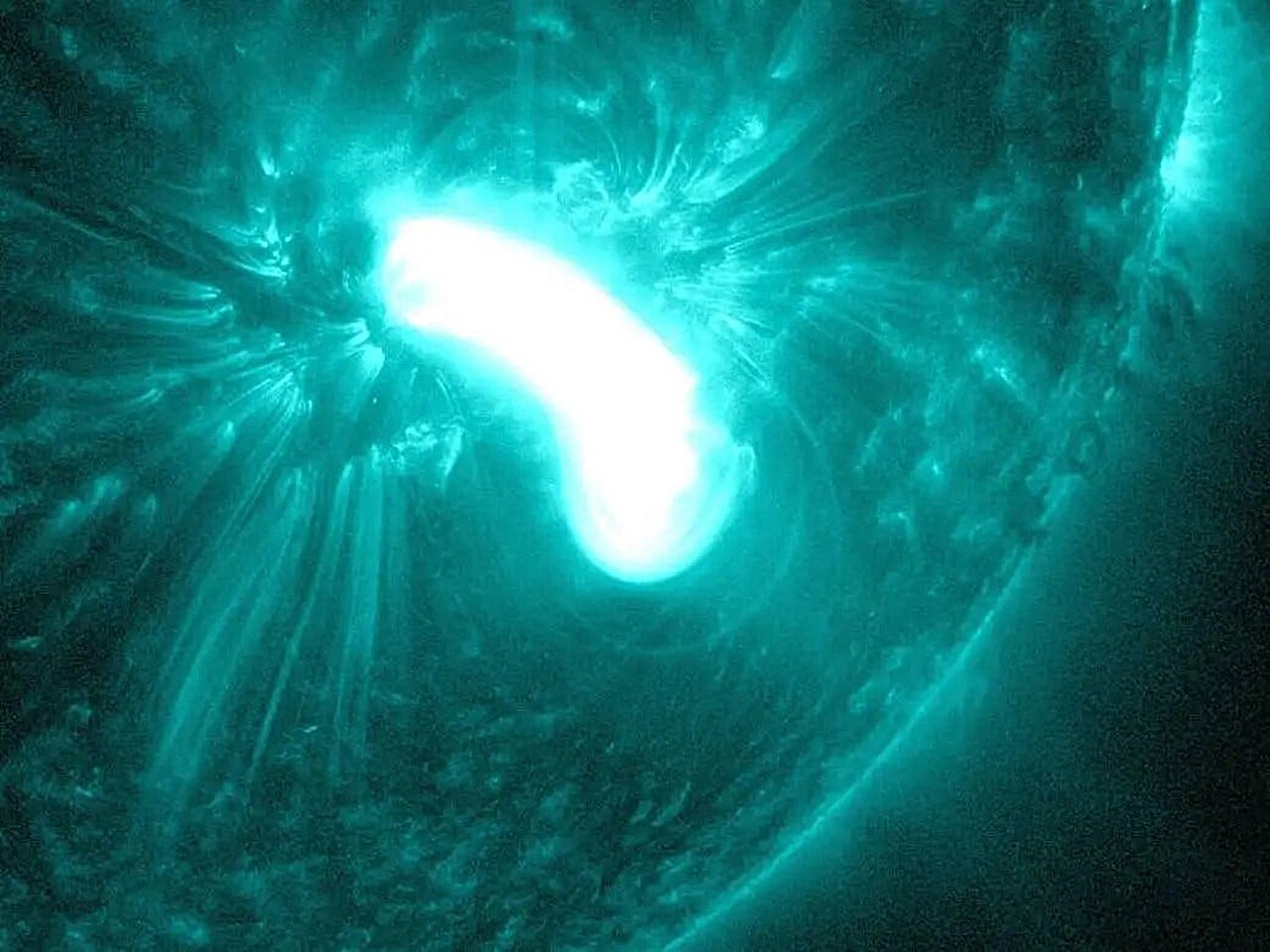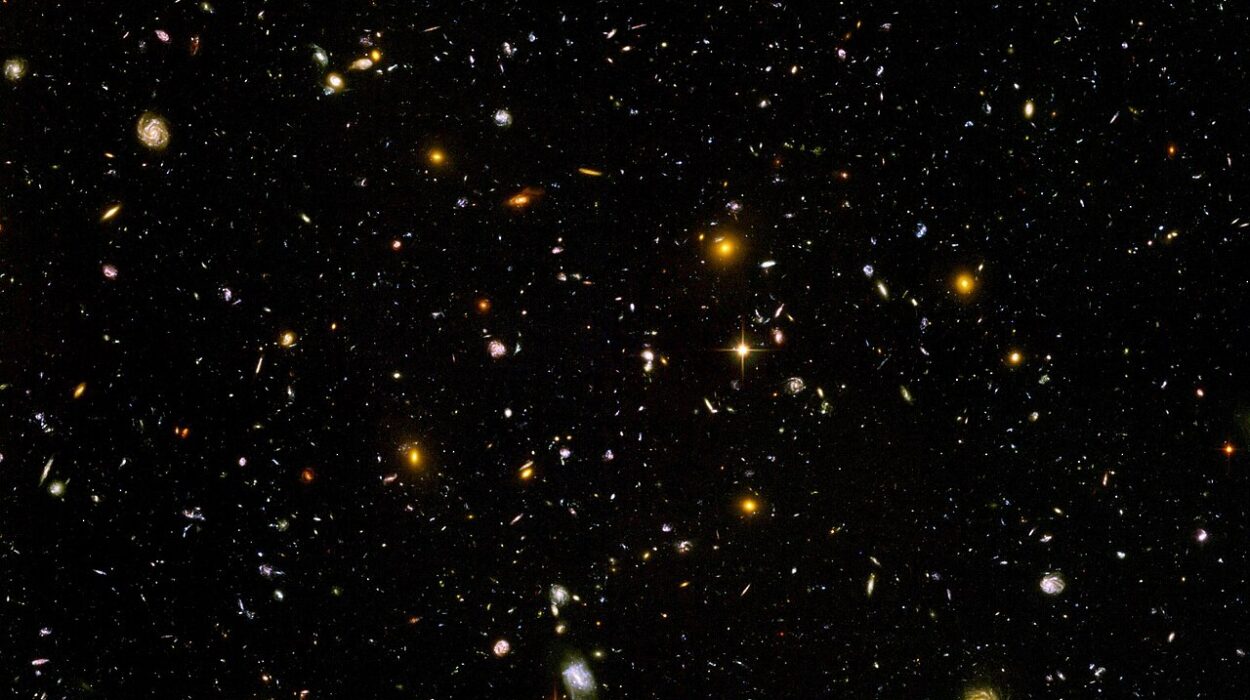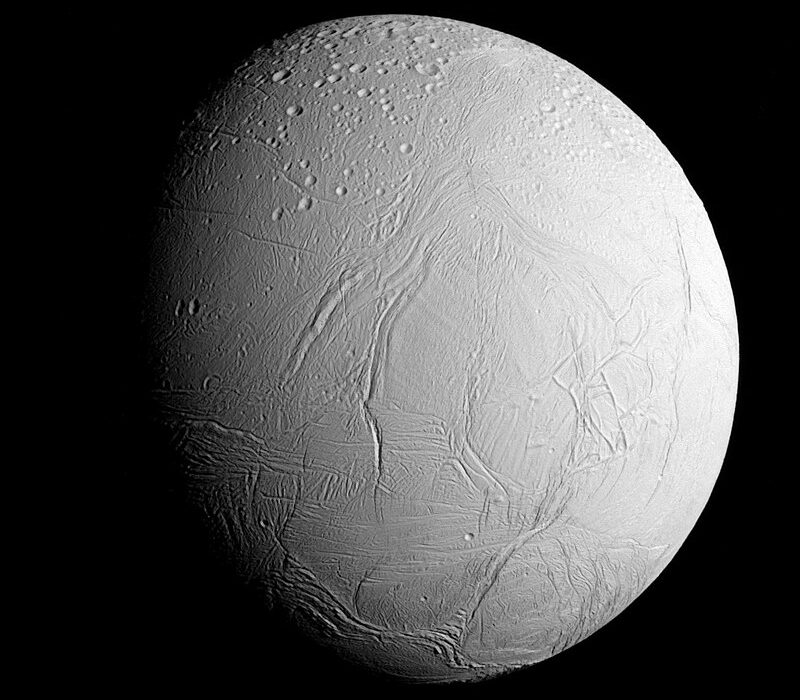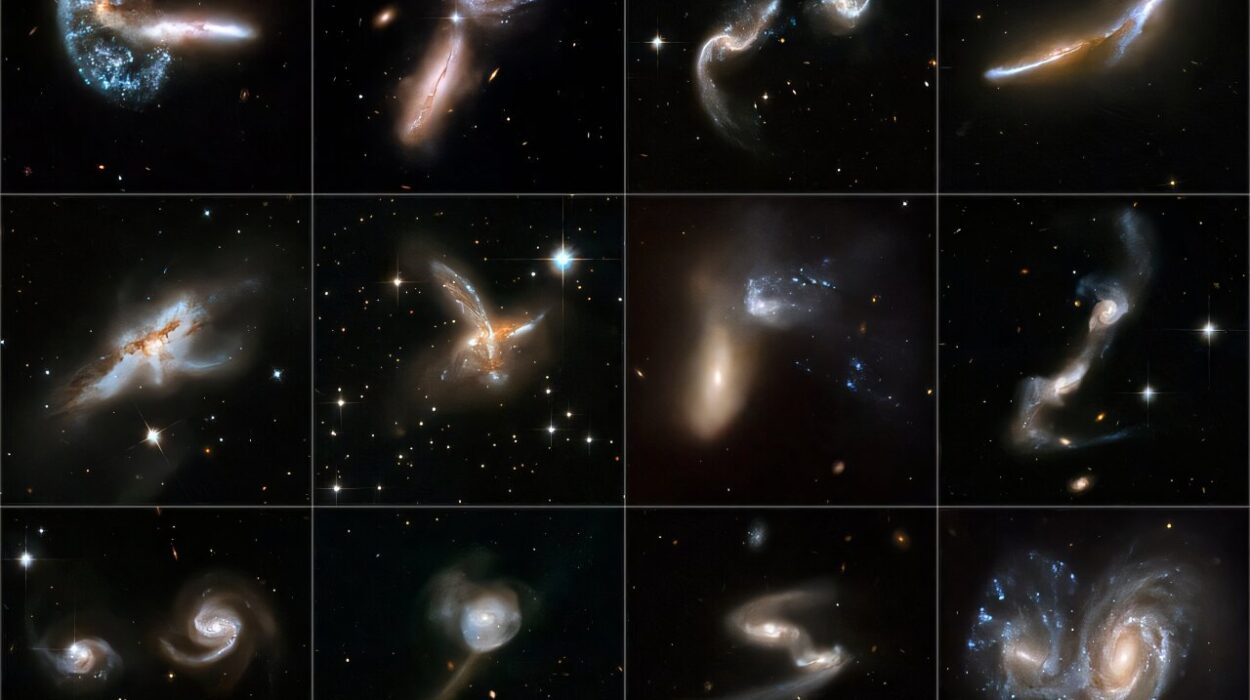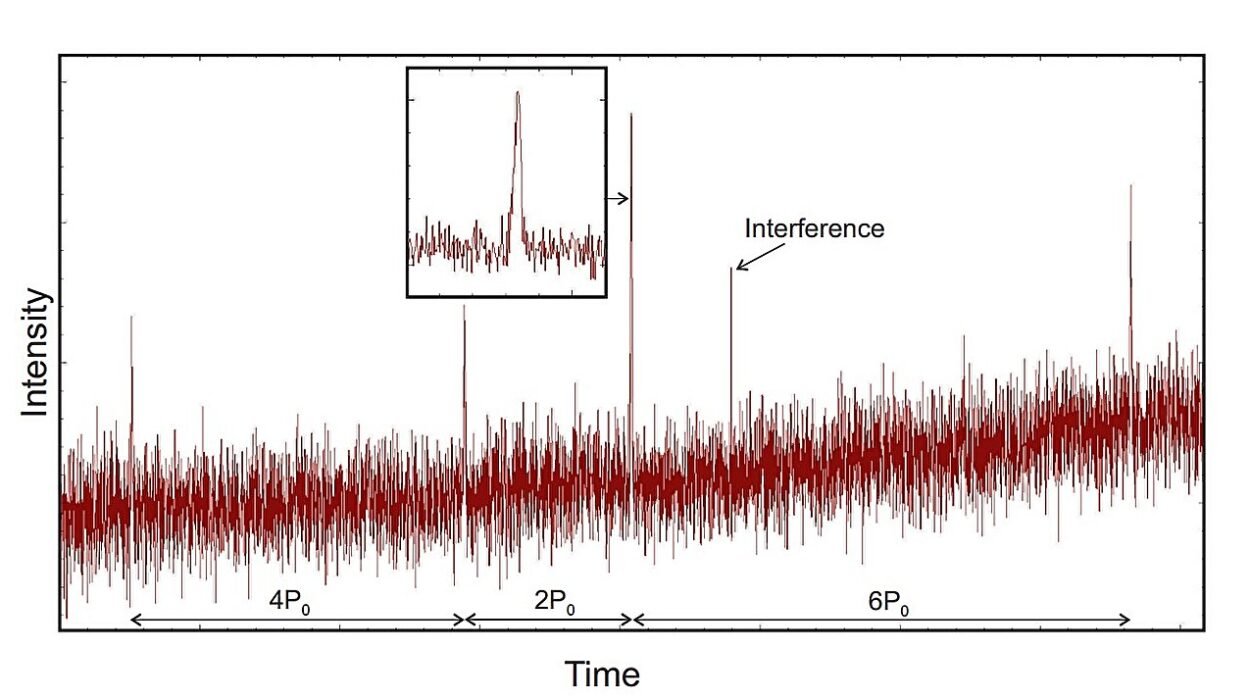On Halloween week in 2003, while children in costumes collected candy under the glow of streetlamps, an invisible force lashed out from the heart of our solar system. The sun, ordinarily a symbol of warmth and life, unleashed one of its most ferocious tempests in recorded history—a series of solar flares and coronal mass ejections (CMEs) that electrified the skies and rattled modern civilization. Known today as the 2003 Halloween Storm, this event disabled satellites, disrupted air traffic, forced astronauts into protective shelter aboard the International Space Station, and even shut down parts of Sweden’s electrical grid. The storm’s economic footprint, by the time the dust settled, was estimated at $27 billion.
And that was in 2003. In the two decades since, our reliance on electrical and space-based infrastructure has ballooned exponentially. From GPS navigation to high-frequency trading systems to intercontinental communications, much of our world now floats on a digital ocean that solar storms could churn into chaos at any moment. The cost of a similar storm today could far exceed past estimates, potentially spiraling into hundreds of billions. But here’s the chilling part: we still can’t predict these storms with any reliable precision.
Why Predicting Solar Storms Is So Hard
It’s not for lack of trying. Scientists have developed spacecraft like SOHO, STEREO, and the Parker Solar Probe, which soar toward the sun in search of answers. These missions have expanded our understanding of solar wind, sunspots, and the ever-changing magnetic loops that erupt from the sun’s surface. But even with all this data, we remain largely reactive. Most solar storms are detected only after they’ve launched toward Earth, often leaving us with mere hours—or sometimes minutes—before impact.
The main limitation lies in perspective. Most solar monitoring satellites orbit close to Earth or operate in limited vantage points. They can observe solar activity, but not in the dynamic 3D detail needed to model a CME’s path with pinpoint accuracy. Furthermore, these spacecraft are often unable to continuously monitor the critical “Sun-Earth Line” (SEL)—the invisible vector that defines our planet’s position relative to the sun at any given moment. This line moves continuously as Earth orbits, making comprehensive coverage exceptionally difficult with current technology.
What if we could watch the sun, not from one angle, but from many? What if we could construct a real-time, full-spectrum 3D model of solar storms as they form, and then trace their precise trajectories toward Earth days before they strike? Enter the bold vision of Dr. Leonidas Askianakis, an aerospace engineer at the Technical University of Munich.
A Constellation with a Cosmic Mission
In a recent paper published in the Journal of Space Safety Engineering, Dr. Askianakis proposes a solar-monitoring system so advanced it borders on science fiction—but with feet planted firmly in the engineering realities of today. His design calls for a constellation of six satellites, each equipped with an arsenal of sensors, spread across a sophisticated orbital network around the sun. These aren’t ordinary satellites, and this isn’t your average sun-monitoring mission.
The core of the system relies on what’s called an elliptical walker constellation—a clever application of orbital dynamics that allows multiple spacecraft to “walk” through space in synchrony, providing a rotating suite of observational angles. Rather than orbiting Earth or sitting stationary at a Lagrange point, these satellites would circle the sun directly, dancing in a carefully choreographed ballet that constantly aligns them with the ever-shifting Sun-Earth Line.
Askianakis employs a technique known as Right Ascension of the Ascending Node (RAAN) separation, a method for ensuring that each satellite’s orbit is slightly offset in angle. This orbital offset allows the satellites to fan out around the sun like points on a slowly turning wheel, maximizing coverage and minimizing blind spots. Together, they form a 360-degree solar observatory, capable of tracking CMEs in full three-dimensional glory.
Each satellite in the constellation would utilize electric propulsion systems, highly efficient thrusters that can operate over long durations without massive fuel tanks. They’d also perform gravity assists using Venus, slingshotting around the planet to adjust their trajectories and conserve energy—just as previous missions like Galileo and MESSENGER have done. Despite the complexity, Askianakis projects that the entire constellation could remain in near-continuous communication 94% of the time, creating an unparalleled data stream for real-time solar monitoring.
Seeing the Sun in Full Dimension
If deployed, each satellite would become a miniature solar laboratory. Their sensor suites would include magnetometers to detect magnetic field changes, X-ray and gamma-ray detectors to monitor solar flares, and energetic particle sensors to watch for the high-speed plasma bursts that precede a CME. By combining this data across all six spacecraft, scientists could finally watch a solar storm emerge from the sun’s surface, build a 3D model of its magnetic architecture, and forecast its exact path as it hurtles through space.
This capability would be transformative. Current early warning systems can give us a few hours’ notice, but they’re riddled with uncertainty. Was that CME directed at Earth, or will it miss us entirely? How fast is it moving? What’s its magnetic orientation? These questions matter. A direct hit by a fast-moving, negatively polarized CME can wreak havoc on Earth’s magnetosphere, disrupting everything from power grids to airline communications to oil pipelines. With Askianakis’s system, warnings could be issued days in advance—and not just vague warnings, but precise impact predictions.
Engineers could power down satellites or reorient them to minimize exposure. Utilities could prepare grids for voltage surges. Airlines could reroute polar flights to avoid radiation zones. In short, humanity could stop being a sitting duck in space.
Balancing Cost and Catastrophe
Of course, such an ambitious mission comes with a price tag. Askianakis estimates that the total lifecycle cost would hover around $3.8 billion. That includes design, testing, launch, orbital maneuvers, operations, and maintenance over a projected seven-year lifespan. It’s a daunting figure—until you remember that the 2003 Halloween Storm caused nearly seven times as much damage.
And that’s just one storm.
In today’s world, where data flows are worth trillions and infrastructure depends on split-second timing, the stakes are higher than ever. A study by Lloyd’s of London once estimated that a severe solar storm could cost the global economy up to $2.6 trillion, especially if it knocks out long-range transformers that take years to replace. Against that backdrop, Askianakis’s price tag starts to look more like an insurance policy for civilization.
Over seven years, even a modest improvement in solar forecasting could prevent $2 to $10 billion in damage—a range Askianakis includes in his cost-benefit analysis. That means the mission could pay for itself entirely, even if it only mitigates one medium-sized storm. If it prevents a catastrophic one, it could be the best investment humanity ever made in space weather resilience.
Looking Toward Launch
If funding and development proceed as envisioned, the project would enter a six-year design and engineering phase, culminating in a single launch aboard SpaceX’s Starship vehicle in 2031. Starship’s massive payload capacity makes it uniquely suited for this kind of multi-satellite deployment. Once launched, the satellites would take about four years to maneuver into final orbit, using Venus gravity assists and careful electric propulsion burns.
That places the constellation into full operational mode by 2035—just in time to coincide with Solar Cycle 26, a period of peak solar activity. These cycles, which last approximately 11 years, are known for heightened sunspot formation, CME production, and flare activity. Timing the mission to align with a solar maximum would maximize its scientific and protective potential.
If successful, this would mark the first time in history that Earth was truly prepared for solar aggression. For seven years—an eye-blink in cosmic time, but a blessing in human terms—we would have a 360-degree firewall against the sun’s tempestuous whims.
A New Relationship with the Sun
For most of our history, the sun was a deity: giver of life, bringer of fire, and a symbol of time itself. Even as science dethroned the gods, the sun retained its majesty, becoming a fusion reactor suspended in the heavens, a puzzle of plasma and magnetism too vast to fully grasp. We warmed ourselves in its glow while trembling at its storms.
But something is shifting. As technology has brought us closer to the sun than ever before, it has also made us more vulnerable to its rage. And now, with the rise of solar forecasting systems like the one envisioned by Dr. Askianakis, humanity is taking the next step in its relationship with the star that birthed us—not as worshipers, not as victims, but as vigilant stewards of our own future.
It’s an ambitious leap. But if the mission flies, and the satellites take their orbits, and the data begins to stream in, then we may look back on 2035 not as the year we feared the sun, but the year we finally learned to read its warning signs.
And in doing so, we may discover that the real frontier of space exploration isn’t just about traveling to other planets. It’s about understanding the one thing we can never escape—the sun—and learning to live in harmony with the nuclear heart of our solar system.
Reference: Leonidas Askianakis, Continuous in-situ and remote sun observation for space weather monitoring and mitigation of infrastructure threats through an optimized heliocentric satellite constellation, Journal of Space Safety Engineering (2025). DOI: 10.1016/j.jsse.2025.02.002
